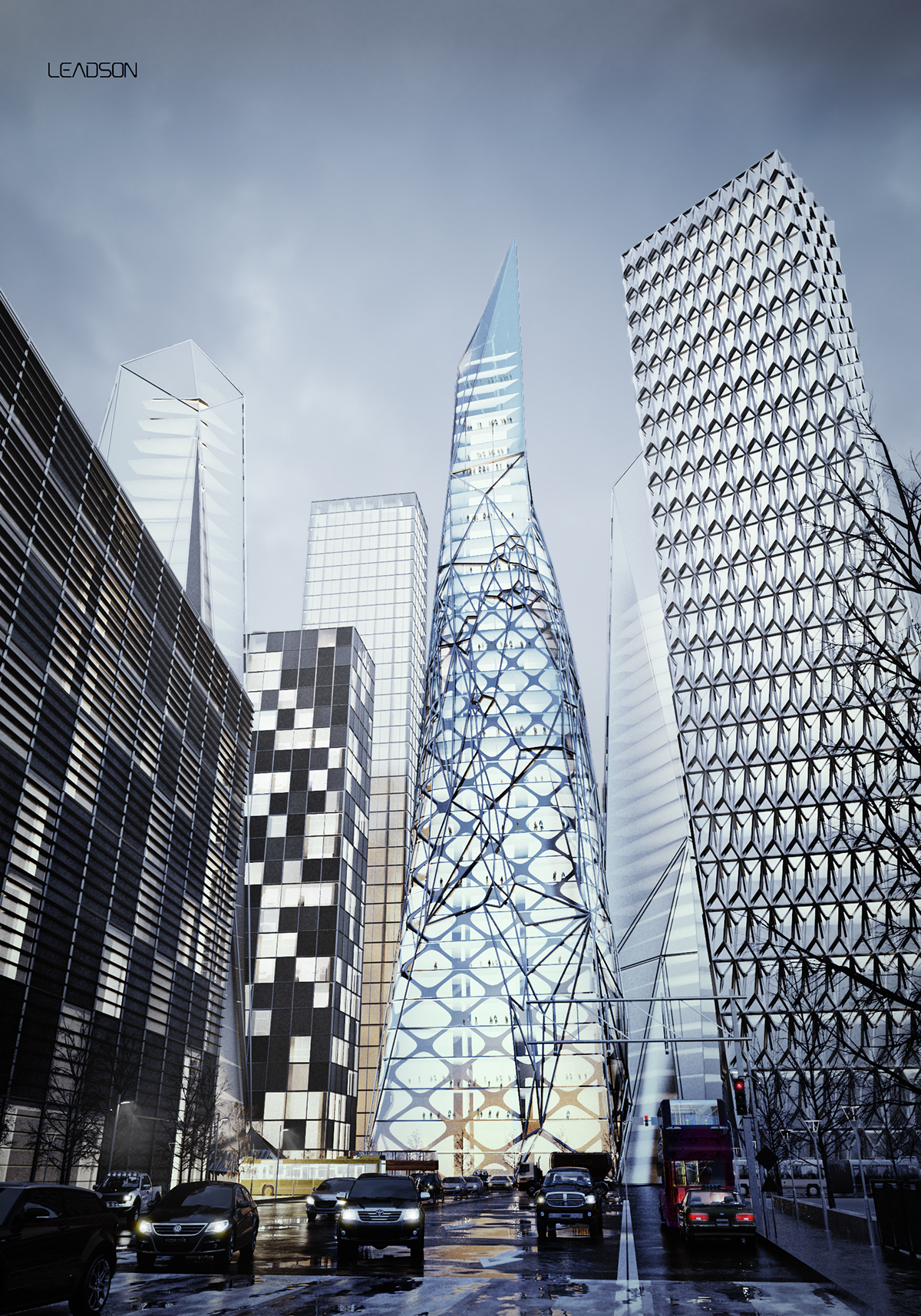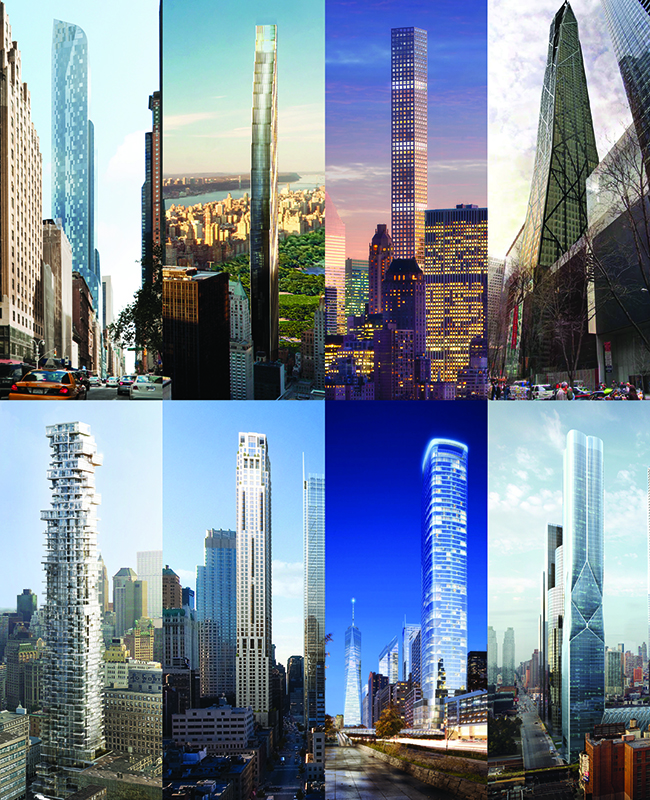

These skyscrapers rapidly became tourist destinations for the views of the wider city they provided from their upper floors and as attractive sites in their own right. The movement quickly caught on in Chicago, and by 1893, less then ten years after the Home Insurance Building was completed, the city had built twelve skyscrapers between 16 and 20 stories tall, tightly clustered in the center of the financial district. Buildings of this style was characterized by the use of steel-framework with masonry cladding, allowing large plate-glass window areas and limited exterior ornamentation. The Home Insurance Building not only did stand, it gave rise to an entirely new architectural movement called Chicago School. They even temporarily halted construction of the building, after it was permitted, in order to investigate further whether the building could really stand up on its own. skyscraper also found in these entries (note: many are not synonyms or translations): building - edifice - top hat - tower. When Jenney submitted his designs to the city council, the committee was incredulous. Synonyms: tall building, tower, high-rise, high-rise building, building. The Home Insurance Building weighed only one-third as much as a masonry building would have. This allowed buildings to be taller as well as lighter than masonry buildings of identical size and height. In Jenney's design, the walls were thin because the load of the building was borne by the steel frame rather than the walls. Until then buildings were constructed with thick load-bearing walls. Monadnock Building: The Last Brick Skyscraper Designed by architect William Le Baron Jenney, the Home Insurance Building was a major technological improvement, one that dictated skyscraper construction for decades to come. Rather it was in Chicago in 1885, where the first building was constructed using a skeleton of steel columns and beams rather than massive masonry walls. The modern phenomenon of skyscrapers developed in America, but it might surprise you to learn that it wasn’t Manhattan where the first skyscraper went up.

Then in the later part of the 19th century, with economic prosperity and advancement in construction technology buildings began to supersede in height, and the term skyscraper was applied to these soaring steel-framed constructions. Photo credit: Underwood & Underwood/Corbisīefore “skyscraper” became a synonym to tall buildings, it was used to describe in jest anything that was tall, such as a tall horse or a tall man, or tall hats and bonnets, or the sail at the top of a ship's mast. The Home Insurance Building built in 1885, in Chicago, is often regarded as the world’s first skyscraper. In San Gimignano, in Italy’s Tuscany, there was once more than seventy towers, two hundred feet tall, all constructed before the 15th century. In the desert city of Shibam, in Yemen, there are mudbrick residential buildings as tall as ten stories, built in the 13th century. But the idea of multi-storied buildings was hardly new.

Generally this is around 10 feet or 3 metres total, however it varies widely from just under this figure to well over it.The word “skyscraper” was used to describe a tall building for the first time during the construction boom that rippled across many America cities in the late 19th century.
SKYSCRAPER SYNONYM PLUS
The height of each storey is based on the ceiling height of the rooms plus the thickness of the floors between each pain. As of 2013, the tallest planned skyscraper, Sky City, is planned to have 202 floors. The tallest skyscraper in the world, Burj Khalifa, has 163 floors.

Buildings are often classified as low-rise, mid-rise, and high-rise according to how many levels they contain but these categories are not well-defined. Houses commonly have only one or two floors. The words "storey" and "floor" also generally exclude levels of the building that have no roof, even if they are used by people-such as the terrace on the top roof of many buildings. The terms floor, level, or deck can also be used in this sense except that one may use "ground floor" and "ground level" for the floor closer to what is considered the ground or street level. The plurals are storeys and stories, respectively. Storey A storey or story is any level part of a building that could be used by people.


 0 kommentar(er)
0 kommentar(er)
